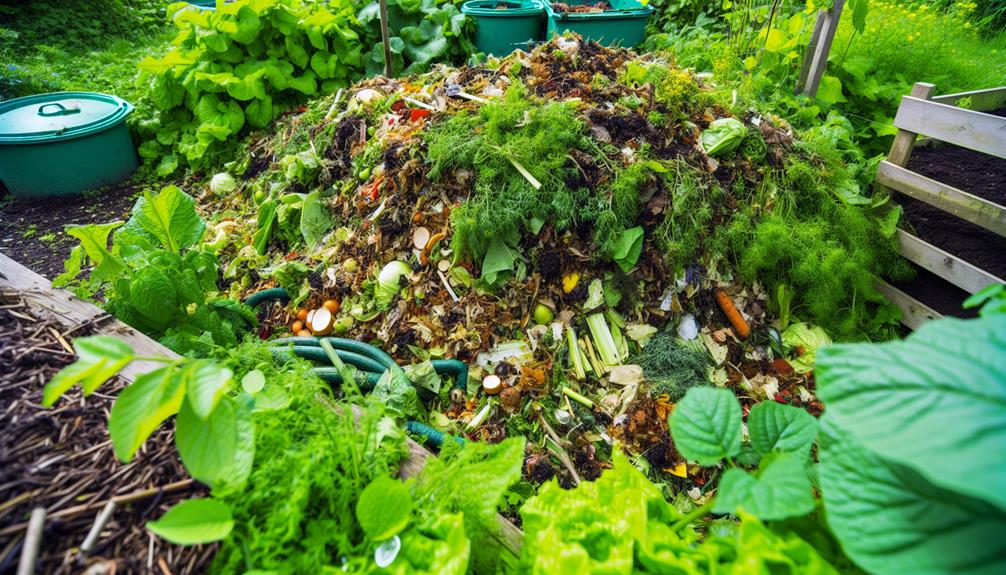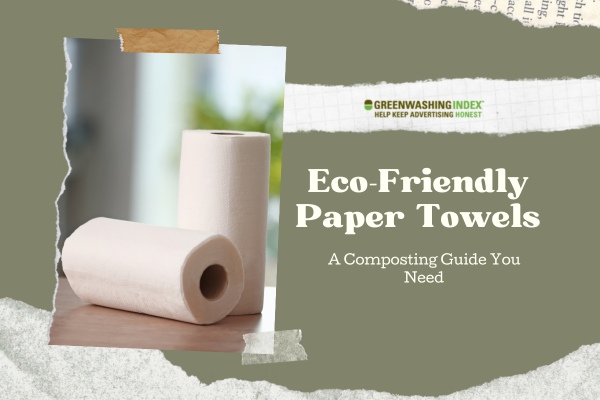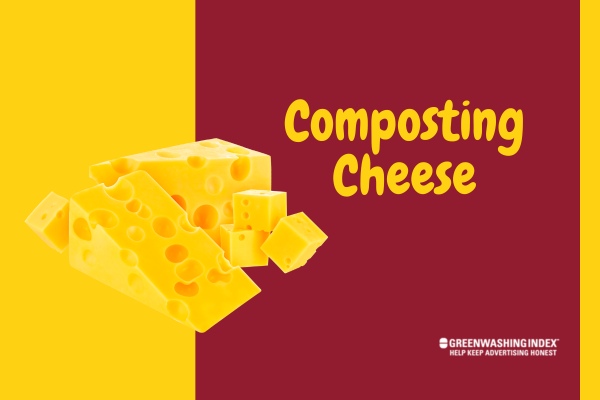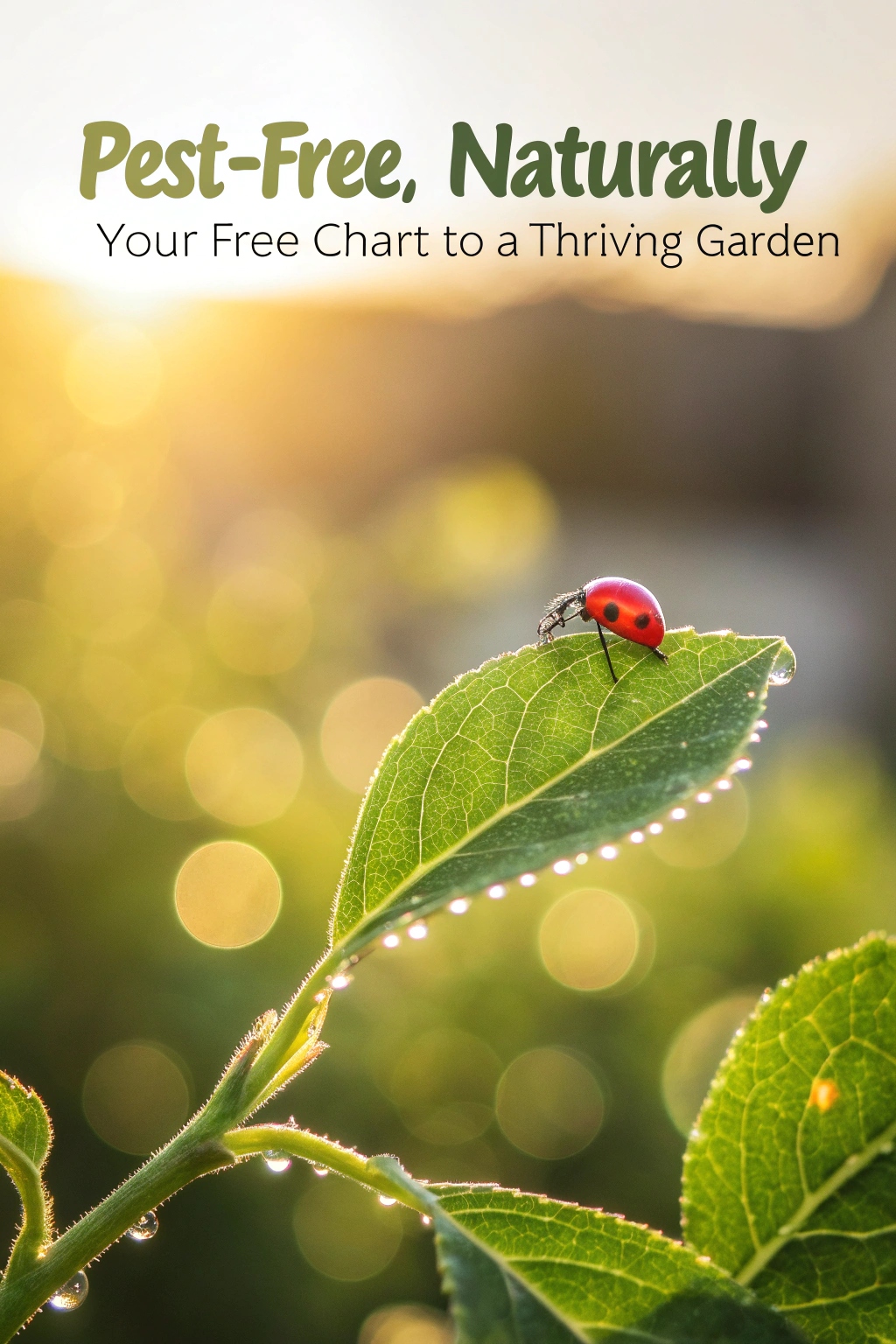Yes, you can compost weeds if you manage them correctly. Chop seedless weeds into smaller pieces to speed up decomposition. For weeds gone to seed, make sure your compost pile reaches at least 140°F to destroy the seeds. Regularly turn the pile for proper aeration and monitor moisture levels.
Avoid composting invasive weeds, as they can spread aggressively. Using hot composting methods, like hot composting or vermicomposting, can help break down tough plant matter efficiently. Composting weeds will enhance soil fertility, improve soil structure, and reduce waste. For more details on effective composting techniques and benefits, explore further.
Types of Weeds
When you’re composting, it’s important to know the types of weeds you’re dealing with. This knowledge helps you manage your compost pile effectively and ensures you don’t unintentionally spread unwanted plants.
Weeds fall into two main categories: perennial weeds and annual weeds.
Perennial weeds live for several years and can be quite persistent. They’ve deep root systems that store energy, allowing them to regrow even after being cut back. Common examples include dandelions, bindweed, and thistle.
When composting perennial weeds, it’s critical to make sure they don’t survive the process. You might need to dry them out thoroughly or use hot composting methods to kill their roots.
Annual weeds, on the other hand, complete their life cycle in one growing season. They sprout, flower, set seed, and die within a year. Examples include chickweed, crabgrass, and pigweed.
These weeds are typically easier to compost because they don’t have the resilient root systems of perennials. However, be cautious of any seeds they might carry, which could sprout in your compost.
Also Read: Can You Compost Body Wash?
Seedless Weeds
When composting seedless weeds, you’re in for a nutrient-packed addition to your compost pile. These weeds break down efficiently and enrich your compost with essential minerals.
Just make sure to chop them up and mix them thoroughly for best decomposition.
Weed Nutrient Benefits
Seedless weeds can be a valuable addition to your compost pile, providing essential nutrients without the risk of spreading unwanted plants. When you incorporate seedless weeds, you’re enriching your compost with a balanced nutrient composition that benefits your soil. These weeds break down into rich organic matter, supplying your garden with crucial nutrients like nitrogen, potassium, and phosphorus.
Adding seedless weeds to your compost can lead to:
- Improved soil structure: Enhances water retention and aeration.
- Increased microbial activity: Supports a thriving ecosystem.
- Enhanced nutrient availability: Boosts plant growth and health.
- Reduced waste: Keeps green material out of landfills.
- Cost savings: Minimizes the need for commercial fertilizers.
Proper Composting Techniques
To get the most out of composting seedless weeds, start by chopping them into smaller pieces to speed up decomposition. Smaller pieces break down faster, allowing your compost to mature more efficiently.
Next, focus on green layering. Create alternating layers of green (nitrogen-rich) and brown (carbon-rich) materials. Seedless weeds fall into the green category, so balance them with materials like dried leaves or cardboard. This balance is essential for maintaining an ideal composting environment.
Aerobic decomposition is key to successful composting. Aerobic means requiring oxygen, so make sure your compost pile is well-aerated. Turn the pile regularly, at least once a week, to introduce oxygen and help break down materials evenly. This will prevent unpleasant odors and promote faster decomposition.
Keep an eye on moisture levels. Your compost should be as damp as a wrung-out sponge. If it’s too dry, add water. If it’s too wet, add more brown materials. Moisture is crucial for the microbes that drive decomposition.
Also Read: Can You Compost Blood?
Weeds Gone to Seed
Weeds that have gone to seed can pose a significant challenge for your composting efforts. When weeds reach seed maturity, they’ve the potential to spread a weed infestation throughout your garden if not managed properly. Composting these weeds requires careful consideration to prevent unwanted growth.
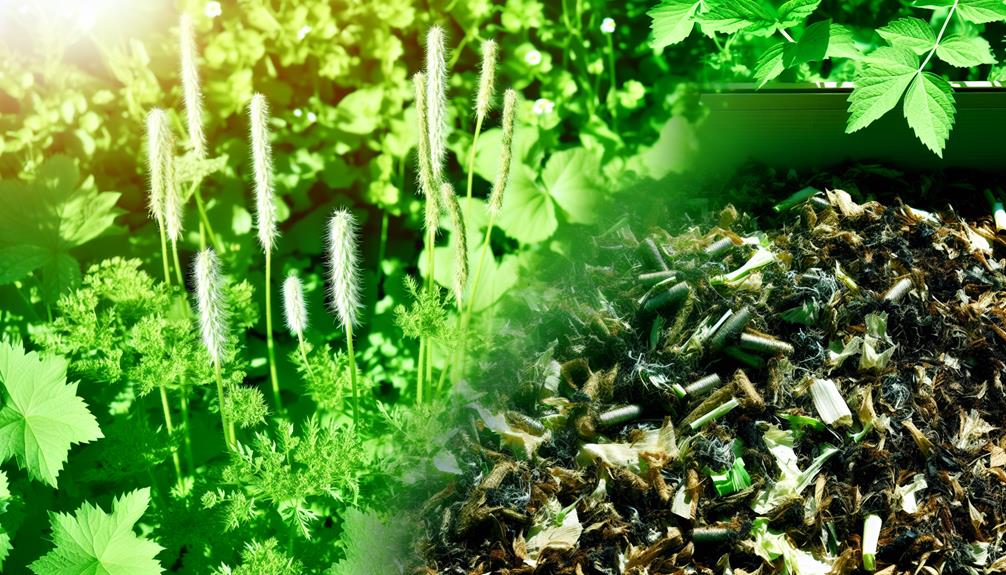
Here are some key issues to watch out for:
- Re-seeding: If weed seeds survive the composting process, they can germinate and spread when you use the compost.
- Importance: Achieving the right composting temperature is essential. Weed seeds need to be exposed to temperatures of at least 140°F (60°C) to be effectively killed.
- Manual Removal: Hand-pulling weeds before they go to seed can save you from future headaches.
- Timing: Regularly monitor your compost pile to make sure it heats up sufficiently and consistently.
- Layering: Properly layer green and brown materials to facilitate even heating and decomposition.
Also Read: Can You Compost Black-Eyed Peas?
Invasive Weeds
Invasive weeds can wreak havoc on your garden, so it’s important to identify them early. Make sure to look for species that spread rapidly and outcompete native plants.
To prevent their spread, remove them promptly and avoid adding them to your compost pile.
Identifying Invasive Species
Spotting invasive weeds in your garden is essential for maintaining a healthy and thriving ecosystem. Invasive species can outcompete native flora, leading to a significant environmental impact. Identifying these weeds early helps you manage them more effectively.
To recognize invasive weeds, pay attention to these characteristics:
- Rapid Growth: Invasive weeds often grow faster than your native plants.
- High Reproduction Rate: They produce numerous seeds or can reproduce vegetatively.
- Aggressive Spread: These weeds spread quickly across large areas.
- Resistance to Control: They mightn’t respond well to standard weed control methods.
- Displacement of Native Species: Notice if your native plants are being crowded out.
When you spot these signs, act quickly. Invasive weeds can alter soil composition, disrupt water availability, and negatively affect local wildlife. By identifying them, you protect the integrity of your garden and support the broader environment.
You’ll also contribute to preserving the delicate balance of your local ecosystem, fostering a sense of community and shared responsibility.
Preventing Weed Spread
To keep those pesky invaders from taking over your garden, focus on preventing their spread right from the start. Effective weed control begins with understanding how weeds propagate. Many weeds spread through seeds, but some invasive types can also reproduce through roots or runners. By identifying these methods early, you can take the necessary steps to stop them from infiltrating your garden.
Start by installing weed barriers. These important barriers, like landscape fabric or thick mulch layers, can block sunlight and prevent weed seeds from germinating. Be sure to cover the entire garden area and secure the edges to stop weeds from sneaking in. Regularly check for any breaches in the barriers and repair them promptly.
Hand-pulling weeds is another essential weed control tactic. Make sure you remove the entire root to prevent regrowth. For larger areas, consider using a hoe or a weed puller. Additionally, applying organic mulch can smother weeds and enrich your soil simultaneously.
Lastly, maintain a healthy garden ecosystem. Strong, well-nourished plants can outcompete weeds for resources, reducing their chances of taking over.
Also Read: Can You Compost Celery?
Composting Methods
When composting weeds, it’s essential to select the right method to ensure they break down effectively without causing further garden problems. Hot composting and vermicomposting methods are two popular approaches you can use.
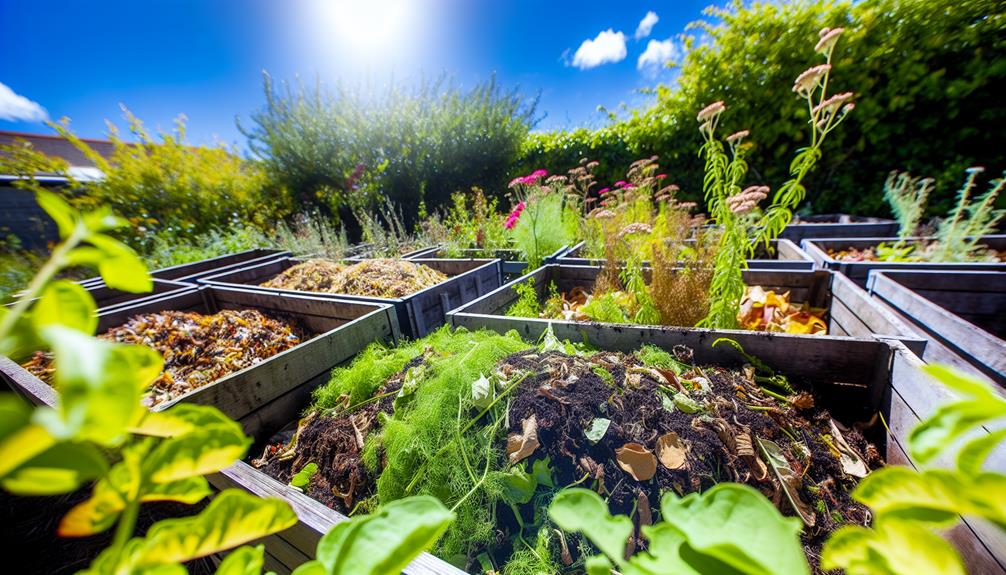
Hot composting relies on high temperatures to kill weed seeds and roots, ensuring they don’t sprout later. This method requires maintaining a compost pile temperature of 140-160°F for several days.
Vermicomposting, on the other hand, involves using worms to break down organic material. While this method is efficient, be cautious about adding weeds with seeds, as the temperature may not get high enough to kill them.
Here are some reasons to contemplate these methods:
- Efficiency: Both methods can quickly turn weeds into nutrient-rich compost.
- Sustainability: You’re recycling garden waste, contributing to a healthier ecosystem.
- Community: Sharing composting tips can create a sense of belonging with fellow gardeners.
- Success: Properly composted weeds mean fewer garden problems.
- Satisfaction: There’s a rewarding feeling knowing you’re managing garden waste effectively.
Choosing the right composting method helps you maintain a thriving, weed-free garden. Whether you prefer the high heat of hot composting or the natural breakdown from vermicomposting, both methods offer effective solutions.
Weed Management Tips
Beyond composting methods, effective weed management also involves proactive strategies to keep your garden weed-free. One of the best ways to manage weeds is through mulching techniques. By adding a layer of mulch around your plants, you can block sunlight from reaching weed seeds, preventing them from germinating. Organic mulches like straw, wood chips, and leaves are particularly effective.
Another important strategy is using organic herbicides. These are made from natural ingredients like vinegar and essential oils, providing a safer alternative to synthetic chemicals. Organic herbicides are effective in controlling weeds without harming the environment or your garden’s ecosystem.
Consider the following table for a quick overview of effective weed management strategies:
| Strategy | Description | Benefits |
|---|---|---|
| Mulching | Adding a protective layer around plants | Prevents weed growth, retains soil moisture |
| Organic Herbicides | Natural weed killers made from ingredients like vinegar | Eco-friendly, safe for surrounding plants |
| Hand Weeding | Manually removing weeds by hand or with tools | Immediate results, no chemicals involved |
| Crop Rotation | Changing the types of crops grown in specific areas periodically | Disrupts weed life cycles, improves soil health |
Also Read: Can You Compost Basil?
Benefits of Composting Weeds
Composting weeds transforms garden waste into nutrient-rich compost, enriching your soil and promoting healthier plant growth. By allowing weed decomposition in your compost pile, you’re not only recycling organic matter but also contributing to a more sustainable gardening practice.
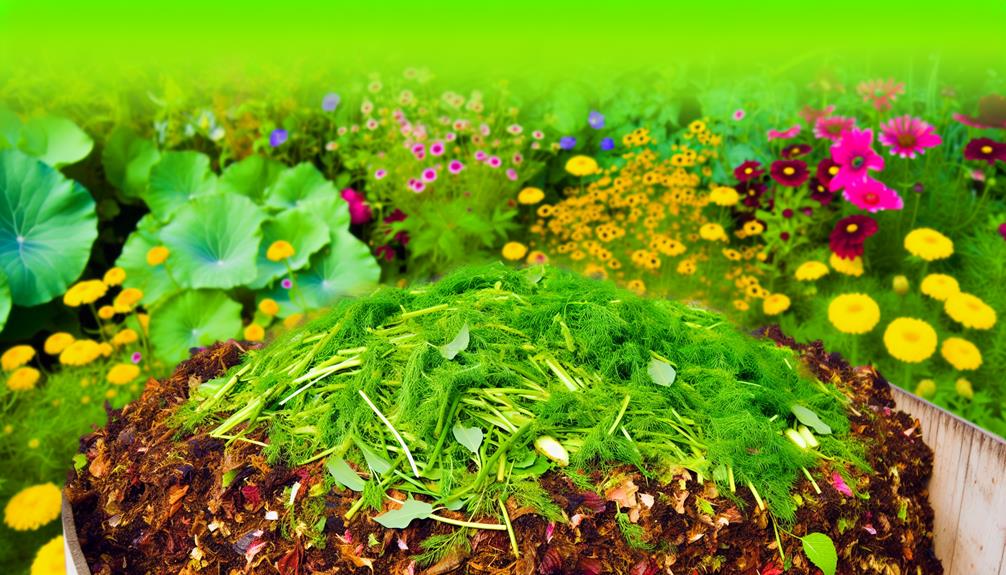
Here are the specific benefits you can expect:
- Enhanced Soil Fertility: Compost made from weeds is rich in nutrients, providing essential minerals that improve soil quality.
- Waste Reduction: Instead of sending weeds to a landfill, composting them reduces garden waste and promotes eco-friendly practices.
- Cost Savings: Creating your own compost means you won’t need to buy commercial fertilizers, saving you money in the long run.
- Improved Soil Structure: The organic matter from decomposed weeds helps improve soil aeration and water retention, fostering a healthier environment for your plants.
- Pest and Disease Resistance: Healthy, nutrient-rich soil from composting weeds can make your plants more resistant to pests and diseases.
Frequently Asked Questions
Can Weeds Spread Diseases in My Compost Pile?
Yes, weed pathogens can spread diseases in your compost pile. Maintain good compost hygiene by properly managing temperatures and turning the pile regularly. You’ll prevent disease spread and create a healthy composting community.
How Long Does It Take for Weeds to Decompose in Compost?
Weeds’ decomposition rate in your compost depends on proper compost layering. If you maintain a good balance of greens and browns and keep the pile moist and aerated, weeds typically decompose in a few months.
Are There Any Safety Precautions for Handling Weeds in Compost?
When handling weeds for compost, make sure you’ve got proper weed identification down. Use gloves for safe handling to avoid any irritation or injury. This way, we can all enjoy safe and effective composting together.
Can I Use Compost With Weeds for Vegetable Gardens?
You can use compost with weeds for vegetable gardens if you’ve guaranteed proper weed removal and maintained nitrogen balance. This creates a healthier, safer environment for your veggies, making you feel connected to a thriving gardening community.
Do Composted Weeds Attract Pests or Rodents?
Yes, certain weed types in compost can attract pests or rodents. To guarantee effective pest control, always turn the compost regularly and avoid adding seeds or roots, creating a safer environment for your vegetable garden.
Conclusion
You can compost weeds, but you’ll need to manage them properly. Stick to seedless weeds and avoid those that have gone to seed or are invasive.
Use hot composting methods to make sure weed seeds and roots are destroyed. Regularly turn your compost to maintain high temperatures.
By following these guidelines, you’ll effectively compost weeds and enrich your garden soil without spreading unwanted plants. Composting weeds, when done correctly, can be a sustainable gardening practice.

